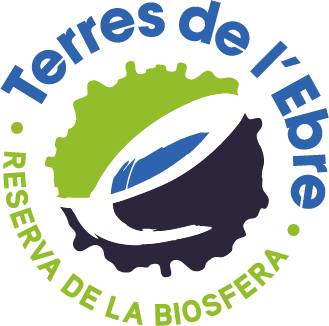The objective of these treatments is to reduce the rodent population below the threshold of tolerance of the pest, both economically and at the public health level. This threshold can be 0%, up to positive values, depending on the area affected by the pest.
Municipal sewerage network
It is an area that acts as a reservoir and food source for rodents, and therefore a very important place to control the plague. All treatment points are out of reach of the population and provide maximum coverage to the entire municipal sanitation network. The periodicity of these treatments is monthly.
Municipal facilities
In this section, public facilities of the municipalities are included, such as swimming pools, libraries, markets, public schools, associations, etc. In some of these facilities, periodic control actions are carried out, and in others, treatments are carried out on demand, depending on problems that arise from time to time. In most cases, preventive measures are proposed to solve problems (adjustment of doors, holes, electricity connections, etc.)
Other urban areas
These types of services are being offered to municipalities more and more. Citizens are already aware of the existence of this service, and therefore their complaints are more numerous (presence of rodents in abandoned lots, abandoned houses, in their own homes, etc.).
Products used
Anticoagulant substances are used for all treatments, which on the one hand are very effective in controlling rodents and on the other hand, present little danger for the rest of the animals.
Apart from the active ingredients used and depending on the area to be treated, the presentation of these products is different. Paraffin blocks have been used for the sewerage network, which have good resistance to the action of water and are highly palatable to rodents. For the other treatments, sealed bags of poisoned grain are used with identifying labels where the characteristics of the product are specified. For treatments carried out in some public facilities, rodenticide products are enclosed in plastic boxes that can only be opened with a special key. In this way, accidents due to contact and ingestion of chemical products are avoided.
All the products used have official records for their use in the field of environmental health and in the field of the food industry.
Work methodology
For treatments in the sewerage network, a team made up of two people travels monthly to the corresponding municipality. In each municipality there are stipulated sewer records that cover the entire network. For the placement of the blocks, wires have been fixed to the walls of the sewer manholes, so that the block is suspended and does not come into contact with the wastewater.
As sewer manholes are opened, visual observations, presence of activity, deteriorated blocks, intact blocks, etc. are noted. and that at the end of the campaign they serve to prepare the annual summaries. This methodology allows to know the evolution of the treatment throughout the campaign and to successfully plan subsequent campaigns.
The rest of the treatments are carried out on demand and the methodology will depend on each case.


